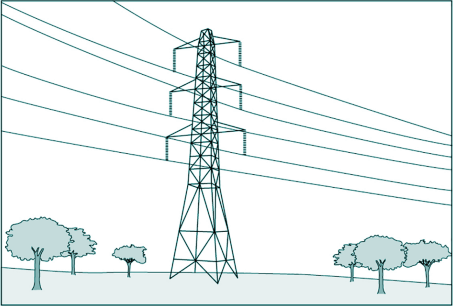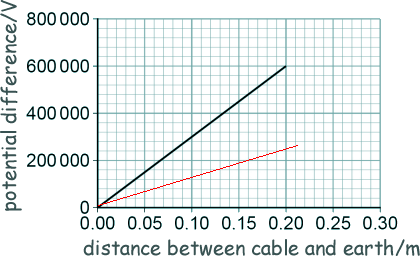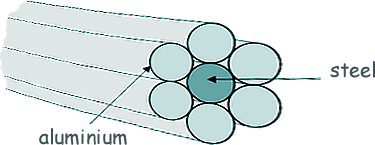GCSE Standard Questions: Electricity in the Home Q20. The diagram shows some overhead power cables in the National Grid.
(a) Explain the advantage of transmitting electricity at a very high potential difference. Power is the product of potential difference and current - so to transfer a particular amount of energy in a given time you can vary the p.d. and current to suit your needs. Very high p.d. means you can use very low currents. [3 marks] (b) It is dangerous for a person to fly a kite near an overhead power cable. The diagram shows Billy flying a kite.
Billy could still receive a fatal electric shock if the kite was very close to, but not touching the power cable. Explain why. The electric field strength near to the power cables is very high. [3 marks] (c) Doc Brown investigated how the potential difference needed for air to conduct charge varies with the distance between a cable and earth. Here is a graph plotted of his data.
The data in the graph above gives the relationship between potential difference and distance when the air is dry. When the humidity of air increases the air becomes a better conductor of electricity. Draw a line on the graph to show how the potential difference changes with distance if the humidity of the air increases.
[2 marks] (d) Here is a diagram showing a cross-section through a power cable.
A 1 metre length of a single aluminium wire is a better conductor than a 1 metre length of the steel wire. The individual wires behave as if they are resistors connected in parallel. Explain why the current in the steel wire is different to the current in a single aluminium wire. The potential difference across the wires/cable is the same (and so is their length and cross section) [2 marks] (Total 10 marks) |
Follow me...
|









